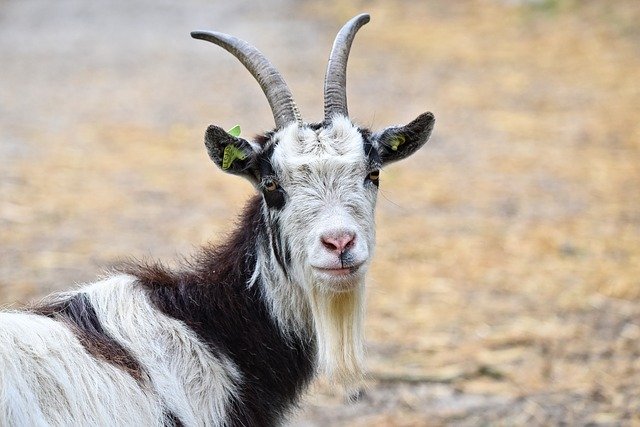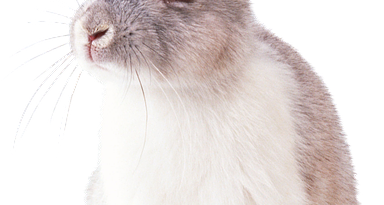Animals may no longer be used for the production of anti-bodies
Antibodies, part of the immune system that protect the body against repeat exposure to viruses and bacteria, are also important research tools. Scientists generate and use antibodies for many procedures because of the way these proteins bind precisely to their unique biological targets. But despite the availability of superior non-animal methods for developing and producing antibodies, animals are still widely used for this purpose. Rabbits, rats, mice, guinea pigs, hamsters, goats, chickens and sheep are among the animals most commonly used in the laboratory for the production of antibodies.
However, this may be changing.
As we wrote about this past spring, the Scientific Advisory Committee of the European Union Reference Laboratory for alternatives to animal testing (EURL ECVAM) recently recommended that “animals should no longer be used for the development and production of antibodies for research, regulatory, diagnostic and therapeutic applications” because non-animal-derived antibodies “can offer significant scientific advantages and economic benefits.”
Today, we want to share with you some additional perspectives on this topic, highlighted in a recent article in Nature Methods.
Allison Gray and other European researchers penned a correspondence piece addressing the implications of the EURL ECVAM report. They stated that, while “scientists appear to accept the shortcomings of antibodies produced using animal immunizations,” they feel that “hope is on the horizon.” They believe the recommendations made in the report “will influence the future of antibody production in the EU and beyond through EU’s global network.”
Because of the EU Directive 2010/63/EU, which prohibits animal use when alternatives are available, any applications for animal immunization procedures for antibody production in the EU will require robust justification. Importantly, animal use will be discouraged. Given that one million animals are estimated to be used for antibody production in the EU alone, the use of non-animal derived antibodies will significantly reduce animal use while providing the scientific community with improved research tools that are more reliable and reproducible, and that will come without the ethical cost of using animals.
Gray and her co-authors anticipate that the implications of the EURL-ECVAM report could be as broad reaching as the EU’s ban on animal testing for cosmetics purposes, which not only affected companies in Europe, but had ripple effects across the globe. Here in the U.S., the National Institutes of Health is already looking into the use of animal-derived antibodies, and the Organization for Economic Co-operation and Development is also addressing the issue.
In conclusion, the authors stated, “A new era is upon us where neither the scientific nor ethical shortcomings of animal-derived antibodies need be tolerated any longer in the interest of a three-Rs principle for antibody production: rapid, reliable and reproducible science.”
We look forward to seeing how the implementation of the EURL ECVAM guidelines will reduce animal use for antibody production, and we will continue to keep you posted on ongoing developments in this area.
Source:
Gray, A., et al. “Animal-derived-antibody generation faces strict reform in accordance with European Union policy on animal use,” Nature Methods, August 2020.
From: NAVS: Science First, http://act.navs.org/site/MessageViewer?em_id=6405.0&dlv_id=16036#.X0XQrMhKg8N
FOR A LIST OF RELATED WEBINARS, GO TO: https://www.piscltd.org.uk/antibody-webinars/




